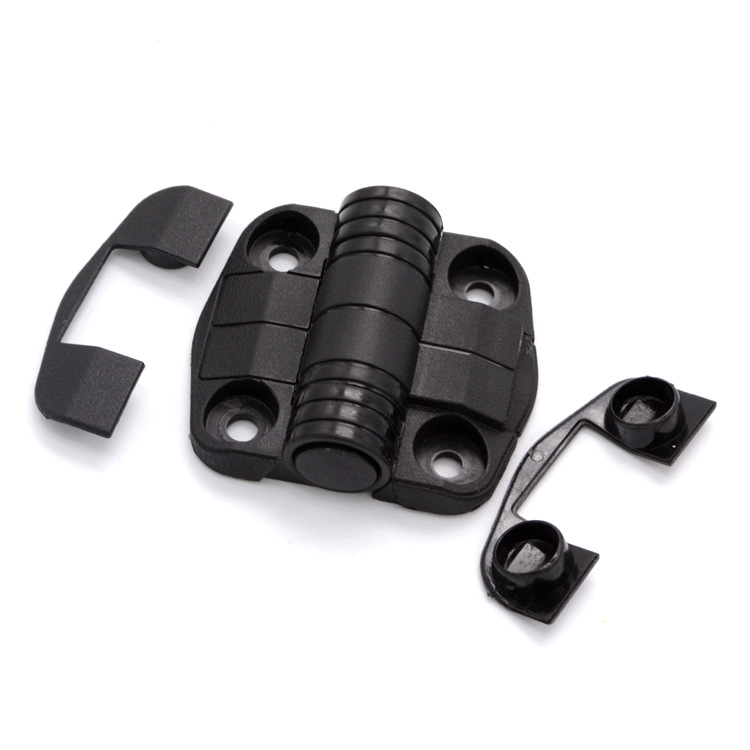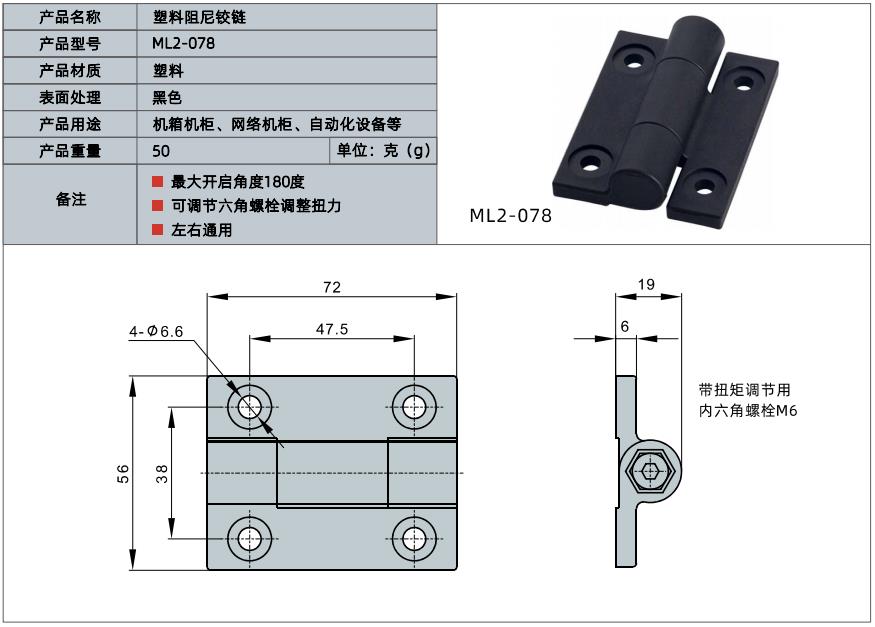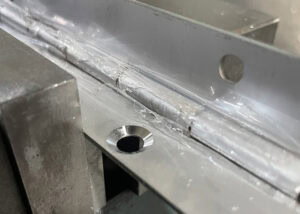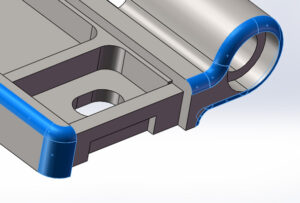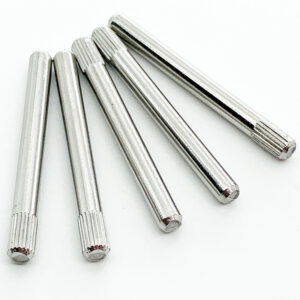Many times, structural engineers have problems making sure that buildings and bridges can take a lot of load without failing. When things bend too much, you get cracks, and then everything falls down. The key is understanding plastic hinges.
A plastic hinge is a localized zone in a structural element that rotates after it yields, enabling a structure to redistribute load without increasing moment.
Now let’s talk about plastic hinges and why they are important.
Understanding Plastic Hinges in Structural Analysis
Plastic hinges are essential for redistributing moments in structures, helping them cope with excessive loads. When stress in a structural element surpasses its elastic limit, plastic deformation occurs, forming a plastic hinge. The hinge allows rotation, helping to maintain structural integrity without a sudden failure.
- Elastic vs. Plastic Behavior: Initially, a structural member exhibits elastic behavior, meaning it can return to its original shape after loading. However, when stress exceeds the yield point, plastic deformation occurs, and the member no longer returns to its original shape. A plastic hinge forms, enabling the structure to redistribute stress across other areas.
- Role in Structural Safety: Plastic hinges prevent brittle failure, allowing for controlled deformation instead of an abrupt collapse. They are vital in ensuring that structures can withstand overloads and remain functional.
Plastic Hinge Mechanism in Beams and Frames
In structural frames and beams, plastic hinges function as a safety mechanism, redistributing loads beyond the elastic limit. When a beam experiences extreme stress, a plastic hinge forms at the point of maximum bending moment, allowing further rotation without increasing stress.
- Formation of Plastic Hinges in Beams: Plastic hinges typically form at points of high stress, such as near supports or mid-span locations. This enables the beam to rotate at these points, preventing immediate collapse while managing load distribution.
- Moment Redistribution: When a plastic hinge forms, it facilitates moment redistribution, allowing the structure to handle additional loads without increasing the stress on any single point. This is especially useful in complex structural systems like bridges and skyscrapers.
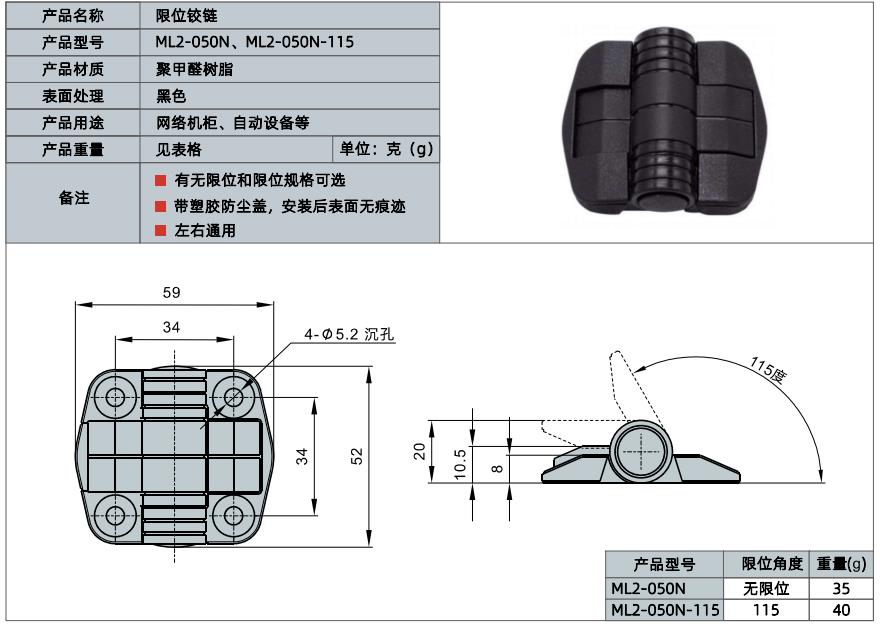
Plastic Hinge in Steel Design and Its Applications
In steel structures, plastic hinges play a pivotal role in ensuring safety, especially in large-scale construction projects. These hinges are particularly useful in designs subjected to dynamic or extreme loading conditions, such as bridges or high-rise buildings.
- Plastic Hinge in Steel Design: In steel structures, plastic hinges are deliberately designed in specific regions to dissipate energy during an overload or seismic event. This design ensures that deformations occur in ductile regions, where the structure can better absorb stress.
- Applications in Earthquake Engineering: Plastic hinges are commonly used in earthquake-resistant designs because they allow buildings to absorb and redistribute seismic forces. By enabling controlled rotation and deformation, these hinges help structures withstand powerful tremors without immediate failure.
Plastic Hinge Models and Theories
To predict the formation and behavior of plastic hinges, engineers rely on various theoretical models. These include the plastic hinge theorem and plastic bending theory, both of which help engineers design structures capable of withstanding maximum load conditions.
- Plastic Hinge Theorem: According to this theorem, a structure reaches its ultimate load-bearing capacity when a sufficient number of plastic hinges have formed. Once these hinges develop, the structure becomes a mechanism, allowing for movement without further increases in moment.
- Plastic Bending and Rotation: Plastic hinges allow for significant bending and rotation, especially in beams and frames. This is critical in energy absorption during extreme events like earthquakes, where it is necessary to redistribute stress to prevent catastrophic failure.
Advantages and Disadvantages of Plastic Hinges
Plastic hinges offer both advantages and disadvantages in structural engineering. Understanding these is key to their effective application.
- Advantages: One of the main advantages of plastic hinges is their ability to redistribute moments, preventing sudden structural failure. They also make structures more ductile, allowing for more efficient use of materials and greater flexibility in design.
- Disadvantages: Despite their benefits, plastic hinges can also lead to large deformations, which may affect a structure’s serviceability. Furthermore, improper design or placement of these hinges can result in unexpected structural failures, especially under prolonged stress.
Plastic Hinge in Design Codes and Standards
Plastic hinge design is governed by codes and standards that dictate where and how these hinges should form. This ensures that structures can safely undergo plastic deformation without compromising safety.
- Incorporation in Design Codes: Engineering standards, such as Eurocode and AISC, provide detailed guidelines for the use of plastic hinges in structural design, particularly in earthquake-prone areas. These codes help ensure that plastic deformation occurs in controlled and predictable locations.
- Standards for Plastic Hinge Design: Structural codes set clear criteria for designing plastic hinges, ensuring that they form in ductile zones. This prevents the occurrence of hinges in areas that could lead to brittle failure or collapse.
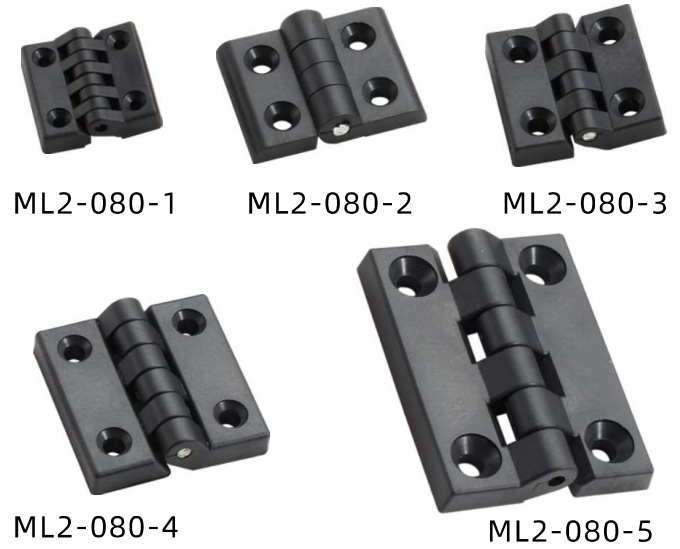
Plastic Hinge vs. Living Hinge: Key Differences
While plastic hinges are used in structural applications, living hinges serve a different purpose in product design. These two types of hinges have distinct characteristics and applications.
- Plastic Hinge: In structural design, a plastic hinge forms in response to excessive loads, allowing for moment redistribution. It is primarily used in steel beams, concrete structures, and similar heavy-duty applications.
- Living Hinge: A living hinge, on the other hand, is typically a thin, flexible section of plastic that allows repeated bending without breaking. This is commonly found in packaging materials or plastic containers, where repeated motion is necessary.
Plastic Hinge Relocation and Its Importance
Plastic hinge relocation refers to the strategic movement of a hinge within a structure to optimize stress distribution and ensure structural resilience.
- Why Relocation is Necessary: In many designs, the relocation of plastic hinges helps distribute stress more evenly across the structure, minimizing the risk of failure in critical areas.
- Application in Pushover Analysis: Engineers use pushover analysis to identify the ideal locations for plastic hinges. This method improves the overall safety and performance of a structure under heavy loads or extreme conditions, such as earthquakes.
Summary
Plastic hinges enable structures to withstand excessive loads by redistributing stress and preventing failure. They are a key element in ensuring structural safety and efficiency.

